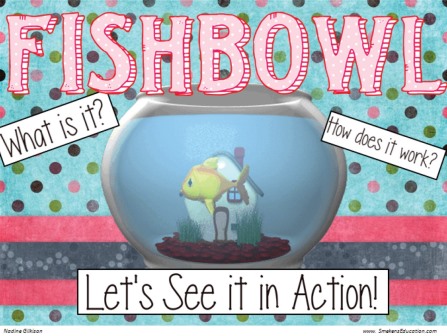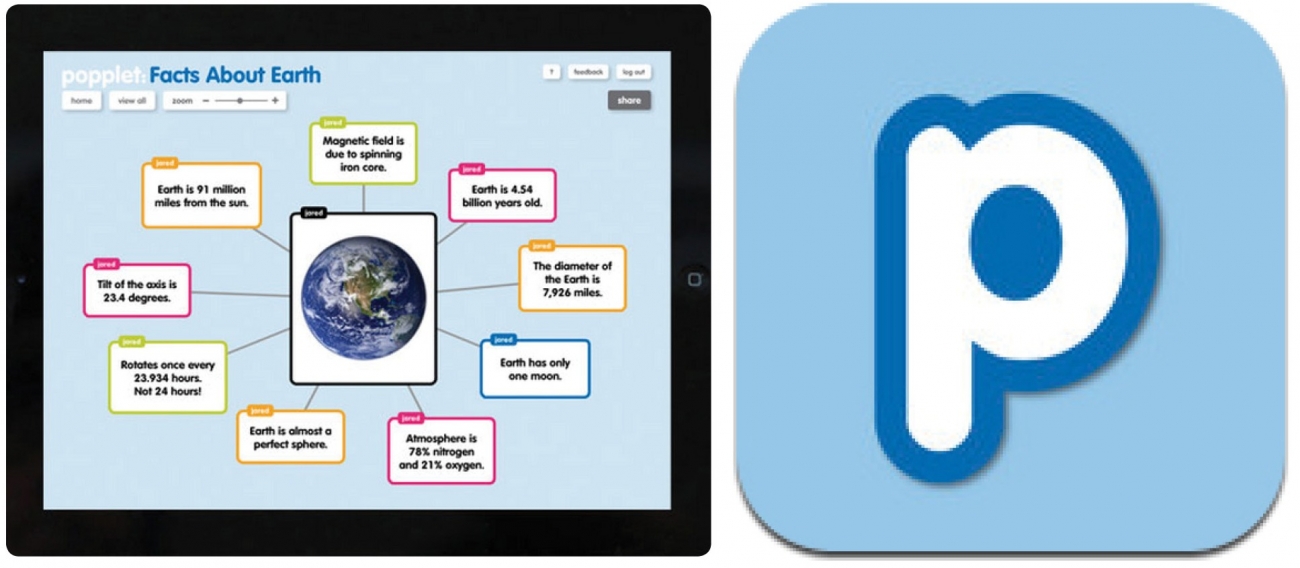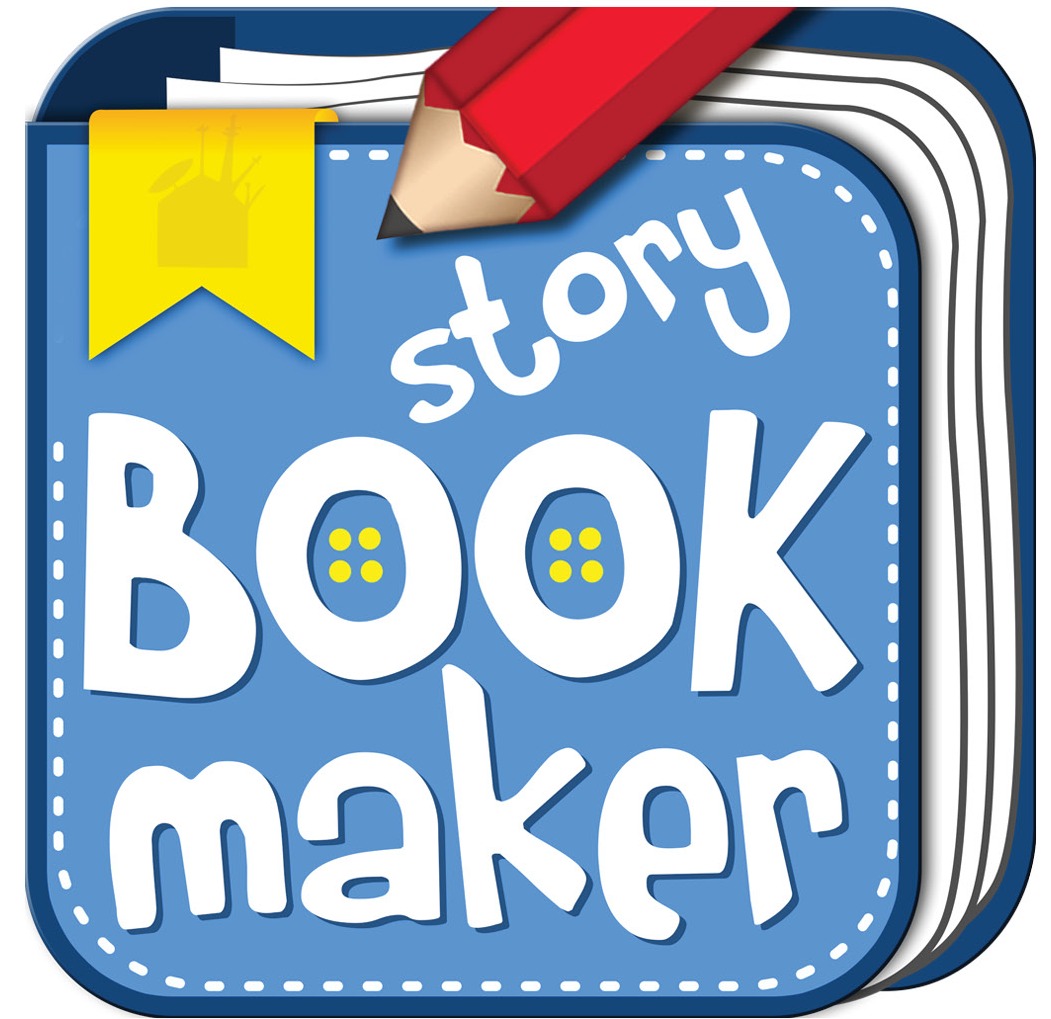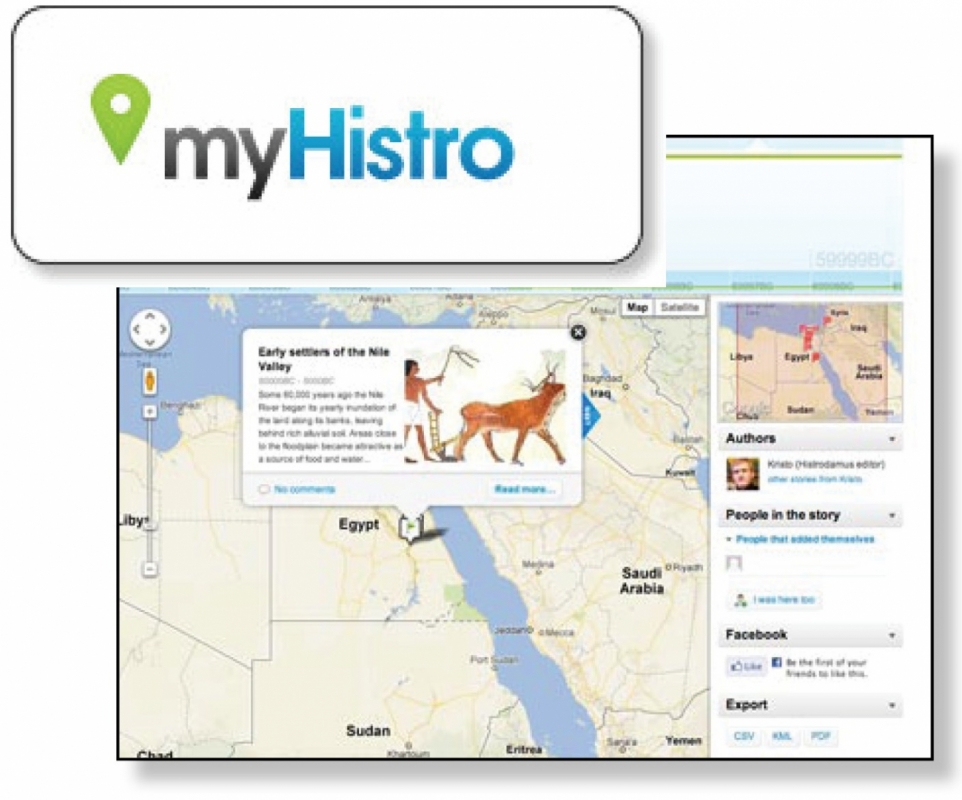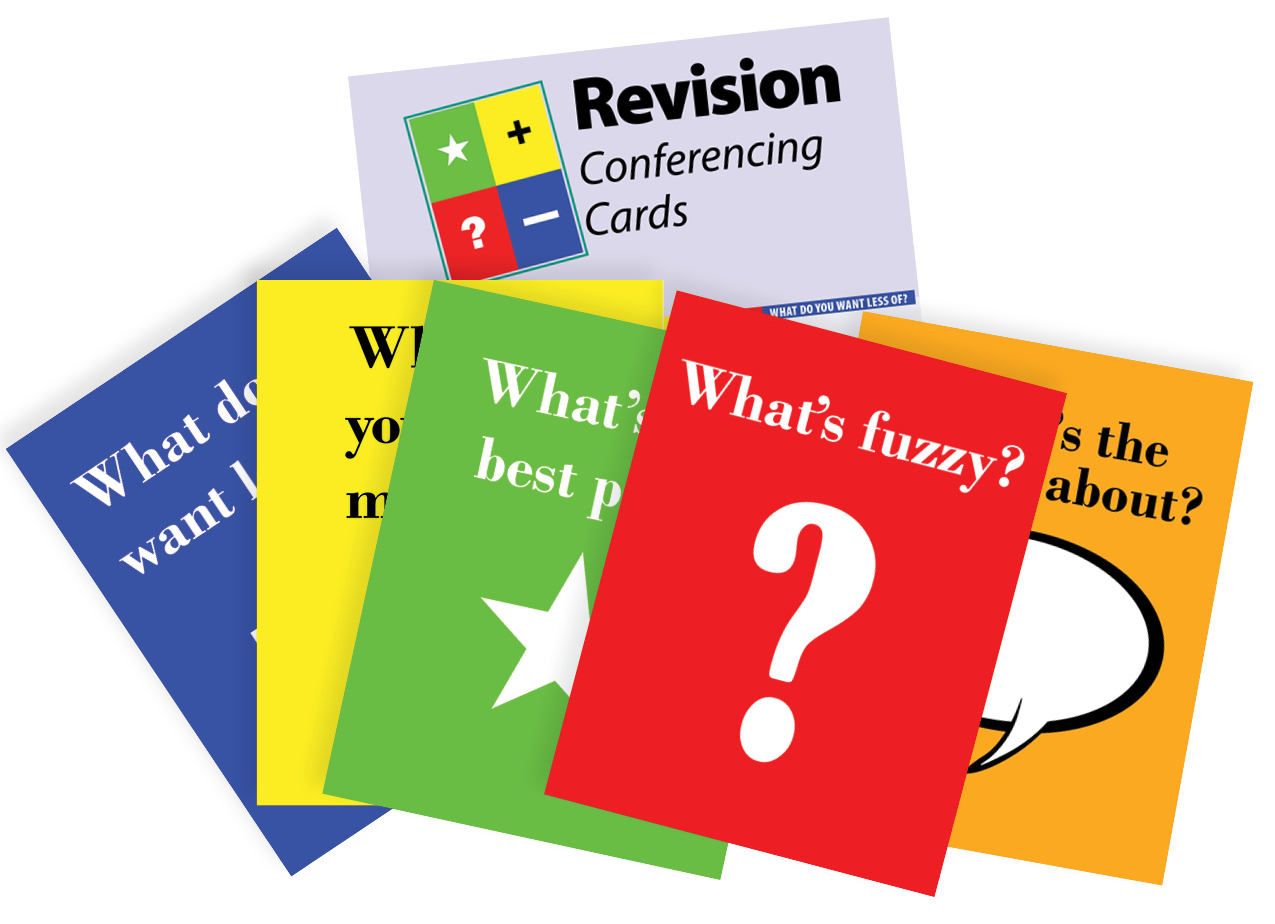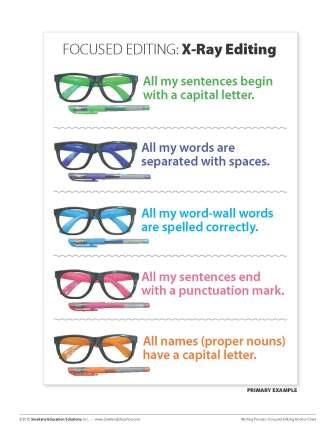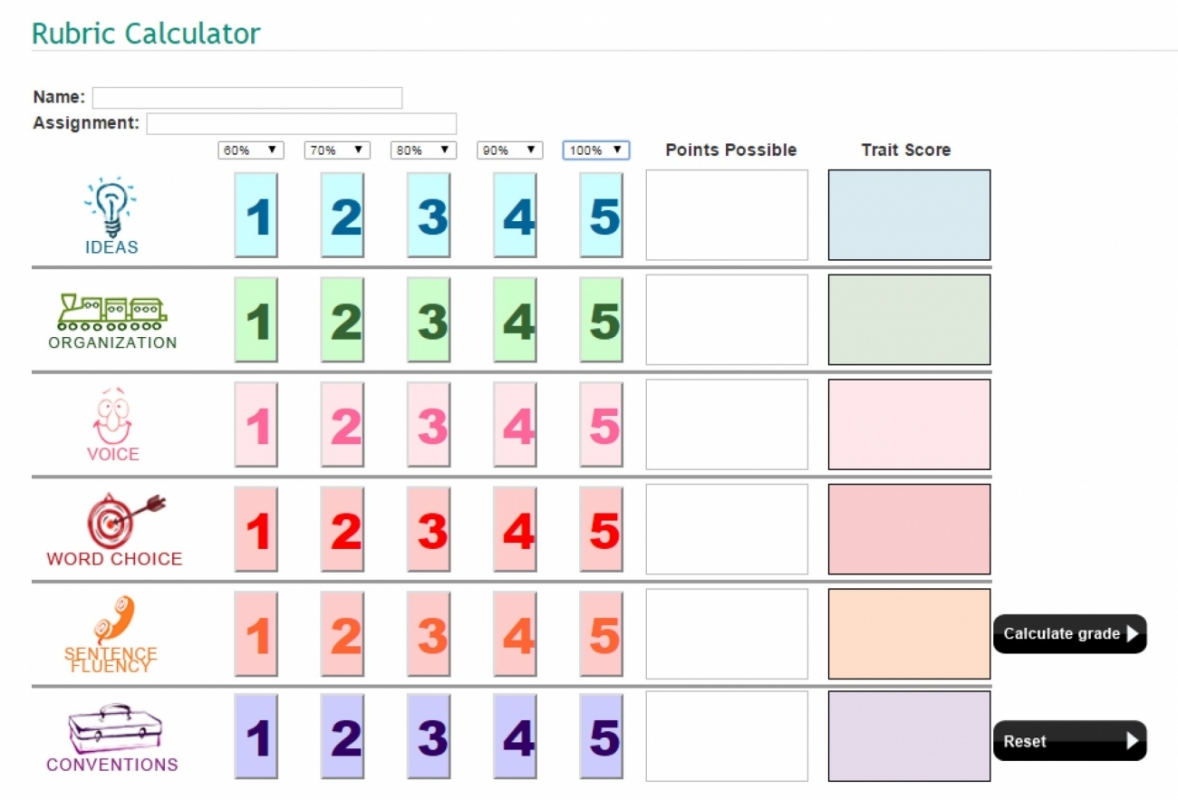Literacy Retreat 2015
SECRET SITE
Revitalizing the Writing Process
Communicate the writing task to students
- Track the range of writing experiences you are providing your students.
- Identify the steps and time frame included in the writing task. These tools can help students adjust the pace of their writing process to fit the task.
- Post the Writing Process mini-signs to indicate which steps and the pace they should apply. (Print the PDF document onto card stock and add magnets. Or, use the inpidual JPEGs and insert them into your PowerPoint slides or Smart Board documents: Pre-Write, Draft, Revise, Edit, Check & Change, Publish.)
- Create a pie chart in Word.
- Identify the suggested minutes per step of the process using one of these customizable pie charts: online chart tool, chart go, nces kids, meta-chart.
- Customize a timer within a PowerPoint presentation.
- You could also create a single PowerPoint slide that identifies the steps and time frames for each. Then minimize the window and split-screen with a stop-watch website. Students can see the countdown AND the slide with the time frames identified.
- SmartBoard users could project this document that includes a customizable counter. (NOTE: Use the text tool to adjust the writing process steps. Then reset the counter to reflect the total time allotted for the writing task.)
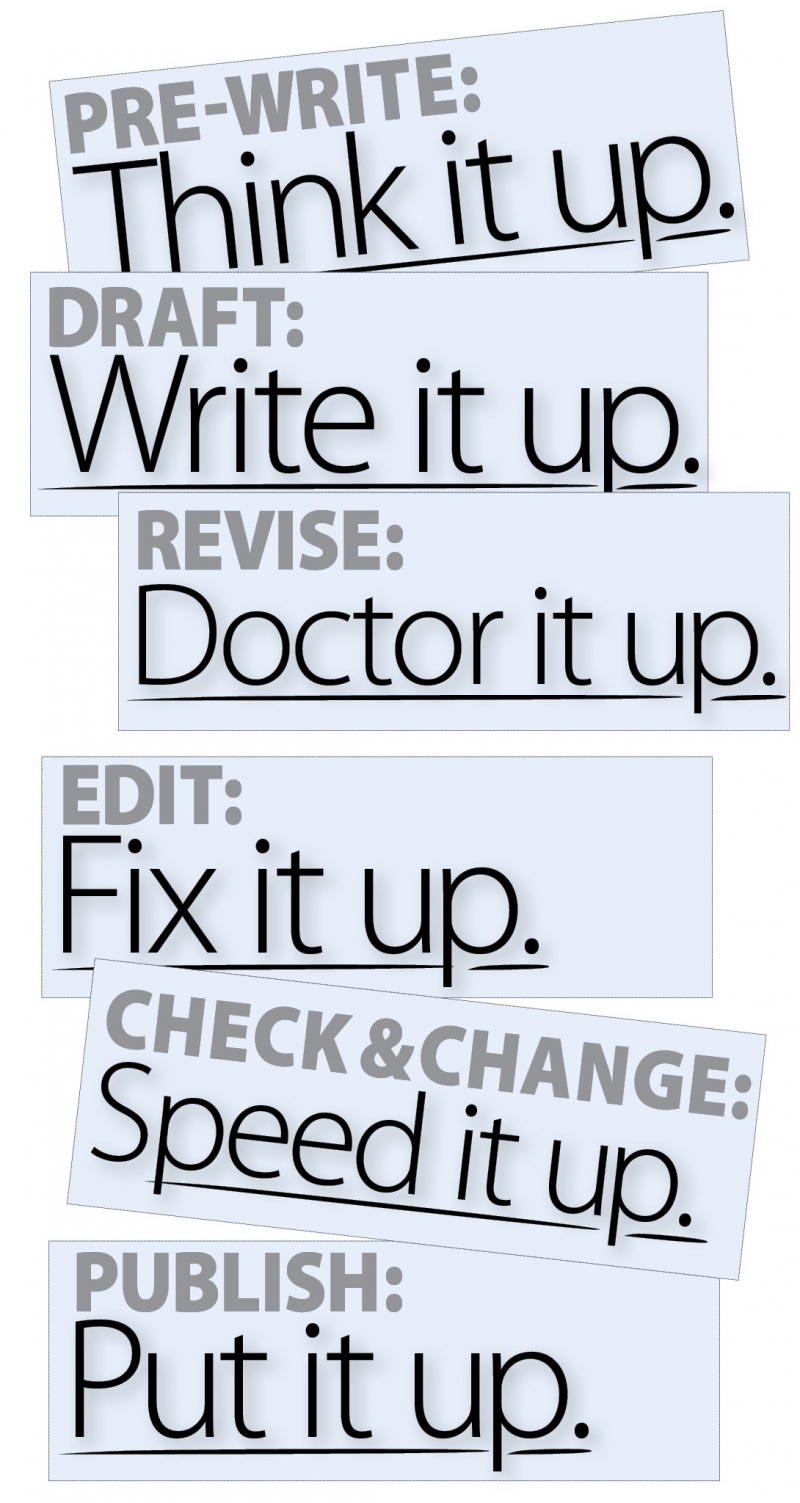


Talk through your topic
- Use Desktop Graffiti to brainstorm topics for the next research paper, persuasive writing, or argumentative piece. Create paper tablecloths with butcher-block/bulletin board paper overtop clusters of student desks.
- Engage students in a Fishbowl activity as a means of talking through a topic.
- Check out these grade-level appropriate strategies for brainstorming writing topics for any writing assignment!
- Brainstorm writing topics using the ABC Chart. Put the subject or text title in the middle box and brainstorm smaller facets of that topic within the alphabet boxes.
Gather information via research
- When conducting research, show students the Easy Bib tool. This app or website automatically converts sources into the proper bibliographic format. Simply type in the specifics (title of book, magazine, publisher, date, page number, web address, etc.). Then Easy Bib converts it for the user to copy and paste into a document.
List the details
- Students should spend minutes (or even just moments) thinking before they begin writing/composing. Remember, this is their warm-up. It will improve their ideas and organize their thoughts. Pre-writing might include making a mental list of the details or completing a universal organizer.
- Create digital webs and other concept maps using the Popplet app or website. The app or website versions make for a great tool in capturing and organizing writer ideas.
- When conducting a large research or writing project, Evernote can be a useful digital tool. Organize all the websites you surf, the documents you collect, and the information you glean into virtual notebooks. Users can set up different “notebooks” for each sub-topic or facet of their report. Access the web-based version of Evernote, or the app.

“Compose” ideas
- Traditionally we think of the drafting stage as pencil/pen to paper. However, this could include oral writing. Students consider their ideas/answers and speak in coherent and complete sentences—as if they were writing.
- Storybook App allows students to be the author and illustrator of the pieces they create on their iPads.
- “Compose” can also mean create. Students can transform the ideas they gleaned from a science/health text to a digital flowchart using the Idea Flip app. (This would work well with any content that explains a sequence or process.)
- Students might compose ideas combining maps, timelines, photos, videos, and text. Available as an app and website, myHistro is great for all social studies
content, biographies, current events, and more! Students can type explanatory text while composing an organized, sequential flow of information. - Be conscious of your spelling expectations when students are composing. Troubleshoot what students should do when they are stuck on the spelling of a word when they are in step 2: drafting. Watch a short video on how to introduce students to this notion of ad
justing their convention expectations.

Improve the whole piece versus a portion (focused revision)
- When revising, teach students to think about 3 steps—what they can add, remove, and change—to make their writing “sound” better.
- There is a clear distinction between revising a piece and editing it.
- If revision is “doctoring up” the writing, then story surgery will be a perfect strategy to teach!
Revise independently (self revision)
- Creating a “What to do when you think you’re done” list of revision tasks can encourage self-revision.
- Revision can be targeted to a series of tasks. Using a BINGO or Tic-Tac-Toe template, students complete five/three consecutive activities.
- Revision BINGO (upper grade students)
- BINGO editable template in Word
- Revision & Editing Tic-Tac-Toe (primary students)
- Tic-Tac-Toe editable template in Word
- Students can use this highlighter technique to self-assess that they have included all required information into their writing.
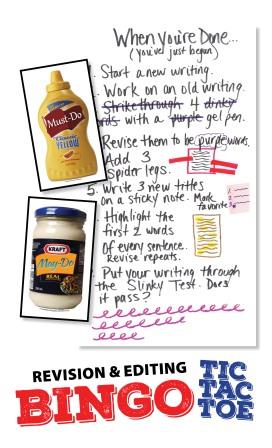
Revise with peers (peer revision)
- Make peer revision more effective with the Revision Conferencing Cards.
- A conference doesn’t have to be with just one peer. What about group or all-class writer conferences? Check out this fabulous idea that parallels American Idol.
The media specialist at Smoky Row Elementary School (Carmel, IN) tipped off teacher Barb Mahnesmith to Birthday Bunny. Author Jon Scieszka had a character rewrite the original text, changing words and adding details. The book cover shows the original title and illustration crossed out and made into Battle Bunny.
Barb plans to print out copies for a “change the book” activity. She will read the original version with no editing, and then read the Battle Bunny version. Then she’ll have her fifth graders create their own revisions.
NOTE: The hyperlink above offers the original text in printable form, and numerous student samples.

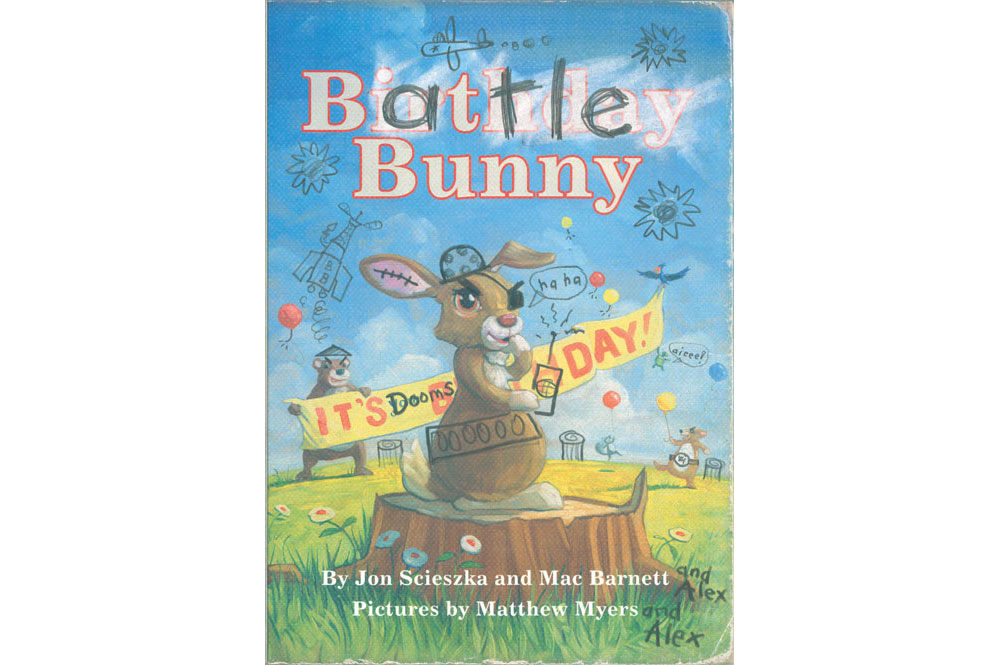
Confer with writers
- It’s common to hold teacher-to-writer conferences. Check out this article on how to manage the conferences and support students to improve their writing.
- Give students feedback via trait-based compliments (strengths) and comments (weaknesses) to drive their revisions.
- You might also customize your sticky notes using this simple Word template.
Reflect on writer choices
- Ask reflective questions as part of your writer conferences. This will be an important precursor to students reflecting on their own writing independently.
- The ShowMe Interactive Whiteboard app would be a great way for students to reflect on their writing. Students can use the app to create a ShowMe by marking up their writing and recording their voice-over comments and reflections. (This is also a great tool to “hear” students thinking about math problems while they show their work.)

Reread the writing multiple times
- Like focused revision, we want students to conduct a focused editing. Meaning, we need to slow down their editing process. Xray Editing may be just the strategy to motivate them to reread the text multiple times. Whether they wear the fun glasses or not, they can still use colored pens and sign off on each skill as they check for it.
- The level of editing required varies depending on the purpose, audience, and task. Teach students to understand when they need to be more formal and traditional in their convention use, and when they can be more casual. Watch this short video for more explanation.
Provide editing support
- Peers can be a great resource when it comes to editing. And if you have access to technology, the Skitch app or website is a great way for peers to provide editing feedback without marking up a student’s original writing.
- As the teacher supporting students, be conscious that you do not become their editor. “Fixing” or “marking” all their errors doesn’t teach the skills students are neglecting/misusing. Rather, focus on 1-2 convention skills per conference.
- Conduct a few all-class convention activities or competitions to review key skills. Check out “The Annual Editing Games”—a twist on The Hunger Games.

Look for first-draft changes
- Check & Change is applied to all first-and-only drafts. Even when there is not time for a formal revision and editing, ALWAYS make time for a quick Check & Change.
- It could be an overall simple revision and edit—or you might dictate what skills students are looking for in particular. Note five skills within the fingers of the Check & Change template.
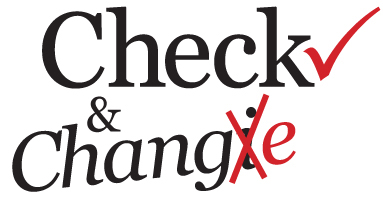

Polish the product and make it public
- The 3 Ps of publishing—polish the writing to make it public by focusing on presentation.
- Using FlipSnack (the app or the website), you can compile student work into a digital flipbook. Share the link with peers, parents, administrators, or anyone.
- When preparing to make a writing public, then consider how “perfect” it needs to be. In this instantaneous age of digital communication, there isn’t always time for formal editing. Sometimes, it’s a matter of pre-write, draft, check & change, and then send it. Bringing that notion of first-draft publishing into the classroom requires teachers to revisit the quality of a ready-to-be-published product. Whether it’s writing from first graders or AP seniors, all grade levels need to consider what their Publishing Standards are.
Wait on/Anticipate a reply
- It makes sense that if you send a writing out into the world, that you should at least anticipate a reply. Such instances can make for great authentic literacy opportunities. Check out the story of a 12-year-old basketball player who wrote to the CEO of Dick’s Sporting Goods and then got a written response!
- If your high school students are seeking feedback in the form of a critique, Wattpad might be an option. Available as an app or website, this resource provides an online community who reads and responds to any writing you post (e.g., articles, essays, s
tories, poems, etc.). Users say the feedback is very helpful, although very honest. (Writers who participate need to be prepared for brutal honesty.)

Tie your 6-Traits instruction to the writing process. These mini-posters identify the target traits per step of the writing process.
Assess the students’ application of the writing process using this customizable rubric.
Check out our NEW rubric calculator. Identify which writing traits you want to score, set the point values, and then type in the scores per student based on your own rubric.

Since the retreat, Our tech-guru Jeff Bieber revised the script so you can CUSTOMIZE the percentages per rubric level by SINGLE INCREMENTS!

